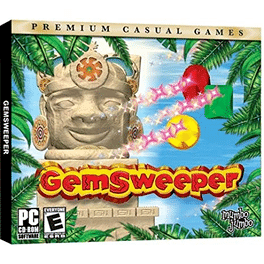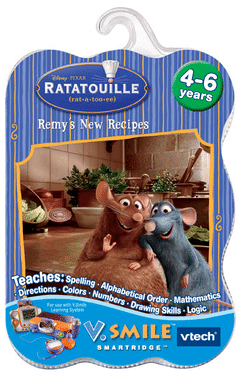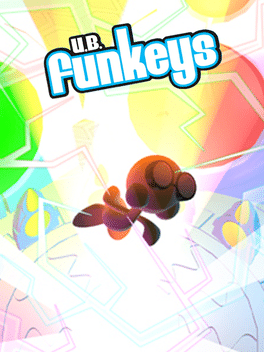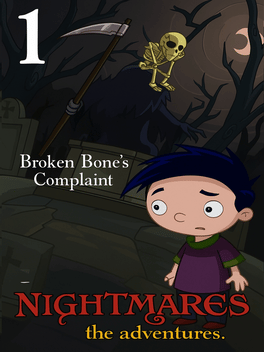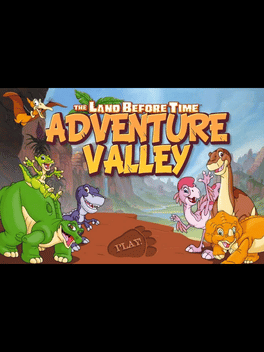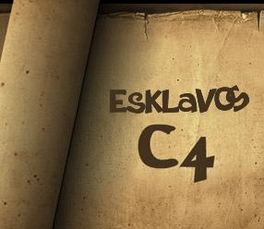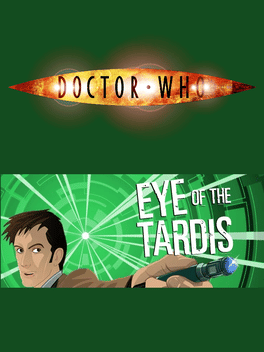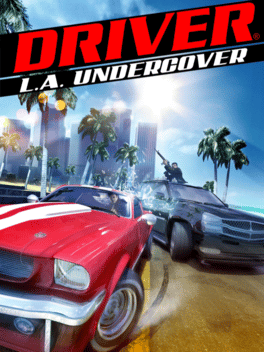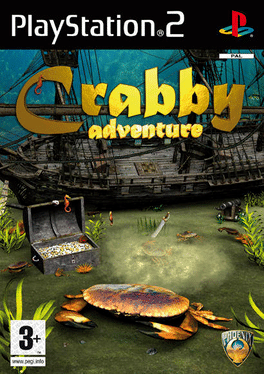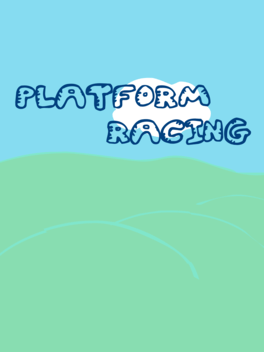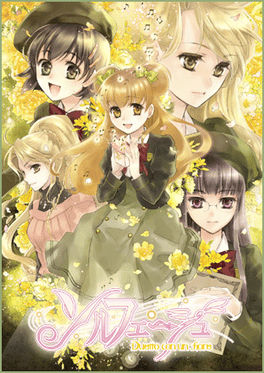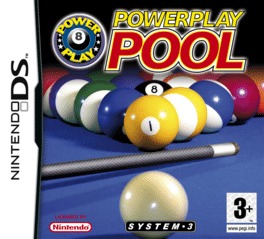New Games - Page 10116
-
A Good Hunch
2007
A Good Hunch
2007
Every night, Tina and Harvey visit each other's dreams and make their way to their special place high up in the clouds. Guide these two colorful goats' ascent through the summer sky and explore 20 dreamscapes full of moving platforms, teleports and daisy petals! Play Harvey until he reaches a level's exit, then jump back in time and switch to Tina, while Harvey's actions are simultaneously replayed. Cooperation and careful timing are the key to mastering the game's many puzzles - as Tina needs to jump on his back to reach high locations, always make sure Harvey is at the right place at the right time! -
Momotaro Dentetsu World Deluxe
2007
Momotaro Dentetsu WORLD Deluxe is a video game in the Momotaro Dentetsu series of board game-style video games genre by Hudson Soft for mobile phones. -
Gemsweeper
2007
Gemsweeper
2007
In Gemsweeper the player assumes the role of a treasure hunter. When working in a museum putting together the pieces of a broken Olmec statue, the statue becomes alive and asks the player and old professor McGuffog to rebuild the mystical city of El Dorado. By solving over 225 puzzles, the player gradually rebuilds the ruins of the city and progresses his treasure hunter rank. -
Ratatouille: Remy's New Recipes
2007
Help Remy and Linguine find the ingredients for their new recipe. -
U.B. Funkeys
2007
U.B. Funkeys
2007
U.B. Funkeys is a computer game that is played in combination with USB toys called Funkeys. There are 45 toys in all. -
Poptropica
2007
Poptropica
2007
star 6.3Poptropica is a virtual online game which kids can travel, play games, and customize their characters. Poptropica is a problem solving game. -
Asian Dynamite
2007
Asian Dynamite
2007
This game is a direct sequel to Dynamite Deka, meaning in its localised form, Asian Dynamite is a direct sequel to Die Hard Arcade, with the references to the movie franchise removed. The game has not been ported to home platforms, nor has it even seen a US release. It is extremely similar to Dynamite Cop in design, simply sporting an updated Asian aesthetic and replacing Jean Ivy and Eddie Brown with Caroline Powell and Jennifer Genuine, respectively. Caroline is the president's daughter from the first game grown up. -
Nightmares: The Adventures – Broken Bone’s Complaint
2007
Victor is a young boy haunted by terrifying nightmares. In this first episode, he must face his fear of the dentist — in the form of a monstrous creature named Dr. Broken Bone. Help Victor explore a surreal, spooky dream world, solve puzzles, and confront the source of his fear to escape the nightmare. -
Land Before Time: Adventure Valley
2007
"The Land Before Time: Adventure Valley" is a Land Before Time arcade game originally put on Cartoon Network's website, but has since then been taken off after the Land Before Time TV series stopped airing. -
Esklavos C4
2007
-
Doctor Who: Eye of the TARDIS
2007
The Tenth Doctor has become trapped inside the TARDIS - right inside. His consciousness has been accidentally transferred into the TARDIS' memory core. You will have to guide the Doctor through four sectors of the TARDIS' neutral network - gathering artron energy crystals along the way to reach the data/matter converter and escape. -
Bloons TD
2007
Bloons TD
2007
Stop any bloons from escaping the maze by building and upgrading bloons popping towers. Towers can throw darts, tacks, bombs, and ice. Can you make it through all 50 levels? -
Crabby Adventure
2007
-
SD Gundam Capsule Fighter Online
2007
A free to play MMO shooter put out by OGPlanet. Players can take control of chibi versions of mobile suits from the many different Mobile Suit Gundam cartoons to fight it out in PvP, or work together on PvE missions. -
Pony Friends
2007
Pony Friends
2007
Pony Friends is a virtual pet game for the Nintendo DS where players get to emulate every cool aspect of owning their own pet pony. From grooming and accessorizing your pony with colorful custom gear to going on exciting trail rides where you encounter new wildlife friends, the world of Pony Friends offers a cool new interactive environment where kids learn how to care for their dream pony. -
Platform Racing
2007
Platform Racing
2007
Platform Racing (commonly abbreviated PR1) is a 2007 online multiplayer racing Flash game that was developed by Jacob Grahn. Its premise was inspired by Mario Kart, with him setting out to create a sidescrolling platformer spin on its formula. -
Solfege
2007
Solfege
2007
Kagura is a high school student who returns to her old school after three years abroad. There, she wants to meet again her sempai Sukune, who she admired since she was little. But she has also more friends: the active Chiho and the serene Kotomi. But it seems Sukune has forgotten her! What's happening...? -
LV-426
2007
LV-426
2007
LV-426 is a remake of an old first-person shooter game called 'Aliens'. The original game was developed by Software Studios and published by Electric Dreams in 1987 for the Commodore 64, Amstrad CPC, ZX Spectrum and MSX. The game is based on the second movie in the Alien movie series. -
Power Play Pool
2007
Power Play Pool
2007
With an ultra-realistic 3D engine, Power Play Pool thrusts players into the highly-skilful world of championship pool. Utilising a super-quick 3D view point, players can view the gaming table from any aspect ensuring fantastic shots and allowing players to examine any angle to get out of snookers.


